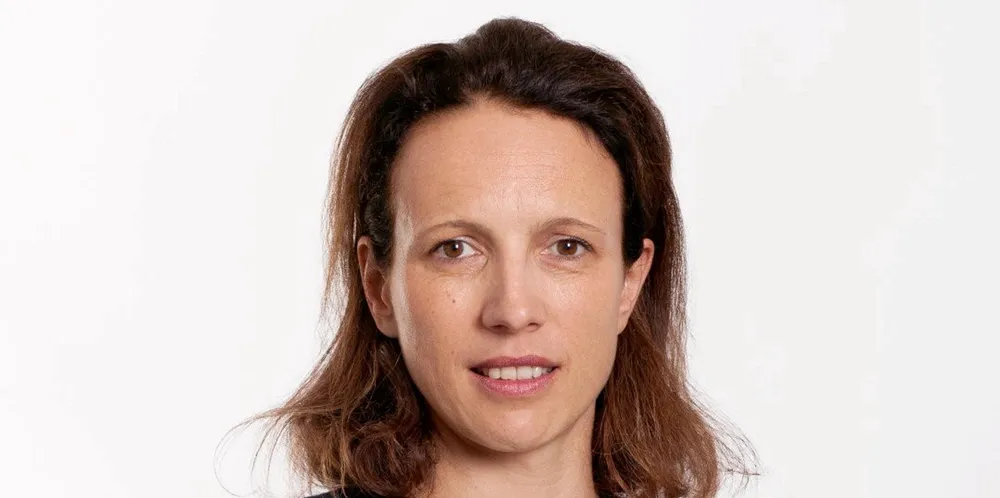Lightsource BP international chief says 'Asia next' as oil giant unlocks global doors for solar
EXCLUSIVE INTERVIEW | PV developer looking at Taiwan and elsewhere in region as it leverages supermajor co-owner's ability to enter markets across the planet, says Europe and International chief
